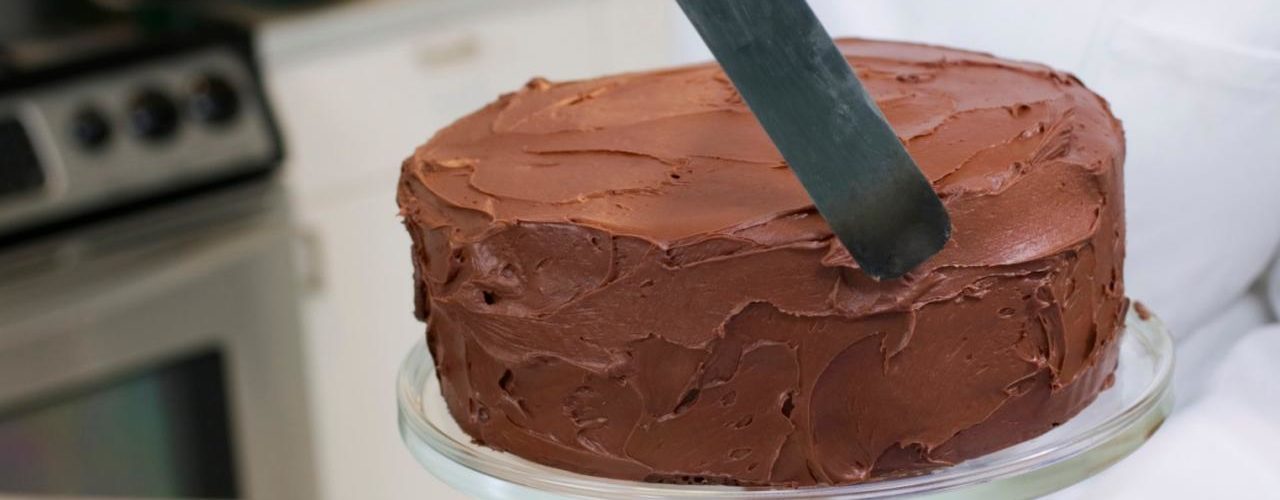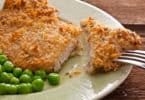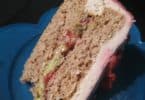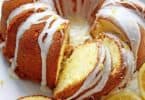For many people, baking a cake from scratch is a scary proposition. Others wonder why it is necessary to deal with the hassle of making it all yourself when you can have a box mix. The reality is that baking a cake from scratch is not difficult at all and the rewards include a rich, moist cake that will taste much better than that from a cake mix. While there are things that can wrong, even when baking from a cake mix, there are some things a baker can do to ensure that the cake is delicious and leaves everyone wanting a second piece.
Tips for Preparation
To avoid having to make last minute substitutions with ingredients and tools, which can potentially change the taste and texture of the cake, the baker needs to check the ingredients, tools and pans that will be needed to make sure they are all ready for baking.
The type of pan used actually affects baking time and temperature. If the pan is glass instead of metal, the oven temperature should be about 25 degrees lower, since glass will heat up faster. Light colored metal pans are recommended for baking cakes since glass and dark metal pans heat and brown foods faster. The right size pan should also be used since not all recipes call for the same size pan. To measure a pan correctly, the pan should be measured on top, going from one inside rim to the other.
The oven should also be warmed to the right temperature. Ideally, the over should warm at the baking temperature between 20 and 30 minutes before baking starts. If the baker is not sure about the oven’s temperature, an over thermometer should be used since baking at the incorrect temperature will harm the final product.
Once the correct pans are chosen, they should also be greased and floured in preparation for baking. Solid vegetable shortening is the preferred material to grease pans, but no matter what oil is used, the pan should be greased completely and generously so that no spot is left ungreased. After greasing, flour should be sprinkled across the whole pan and then any excess flour can be tapped out.
Tips for Ingredients
To make sure that the baking powder and baking soda are fresh, the baker should routinely replace them every six months. Outdated powder and soda can also hurt the final texture of the cake and prevent it from rising.
Eggs, liquids and fats like butter should be at room temperature before being mixed into the recipe. This is important because if these ingredients are added in cold, they can cause the batter to curdle. The dry ingredients such as flour, baking powder, baking soda and any spices should be sifted together to prevent lumps in the batter.
Any ingredient substitution should be made ahead of time. Eggs are often substituted in baking recipes and not all substitutions work with all recipes. Research well before deciding what substitute ingredient will be used to bake a cake from scratch.
The baker should avoid both under-mixing or over-mixing the batter. A cake that falls or one that is coarse, for example, can be the result of under-mixed batter. Inversely, over-mixing can result in a cake that sits too heavily. Over-baking and adding the incorrect amount of any ingredient will also affect how the cake turns out.
Tips for Baking
Pans should always be positioned towards the center of the oven. When more than one pan is used, both must be positioned towards the center of the oven, but they should not touch each other. Pans that touch can lead to uneven baking.
To test if the cake is done, a toothpick is inserted in the middle of the cake. If the toothpick comes out clean or with a few dry crumbs, then the cake is done. If the batter is still wet, the baker should wait a few more minutes before testing again. The cake is done when the top browns and the sides curl away slightly from the pan walls.
After the cake is removed from the oven, it should cool for about 15 minutes before the baker attempts to loosen it further from the pan to place it on a wire rack to cool completely. This YouTube video shows how easy baking a cake from scratch can be:
<>







